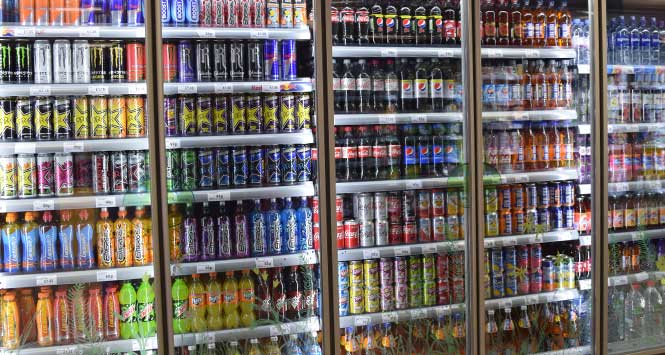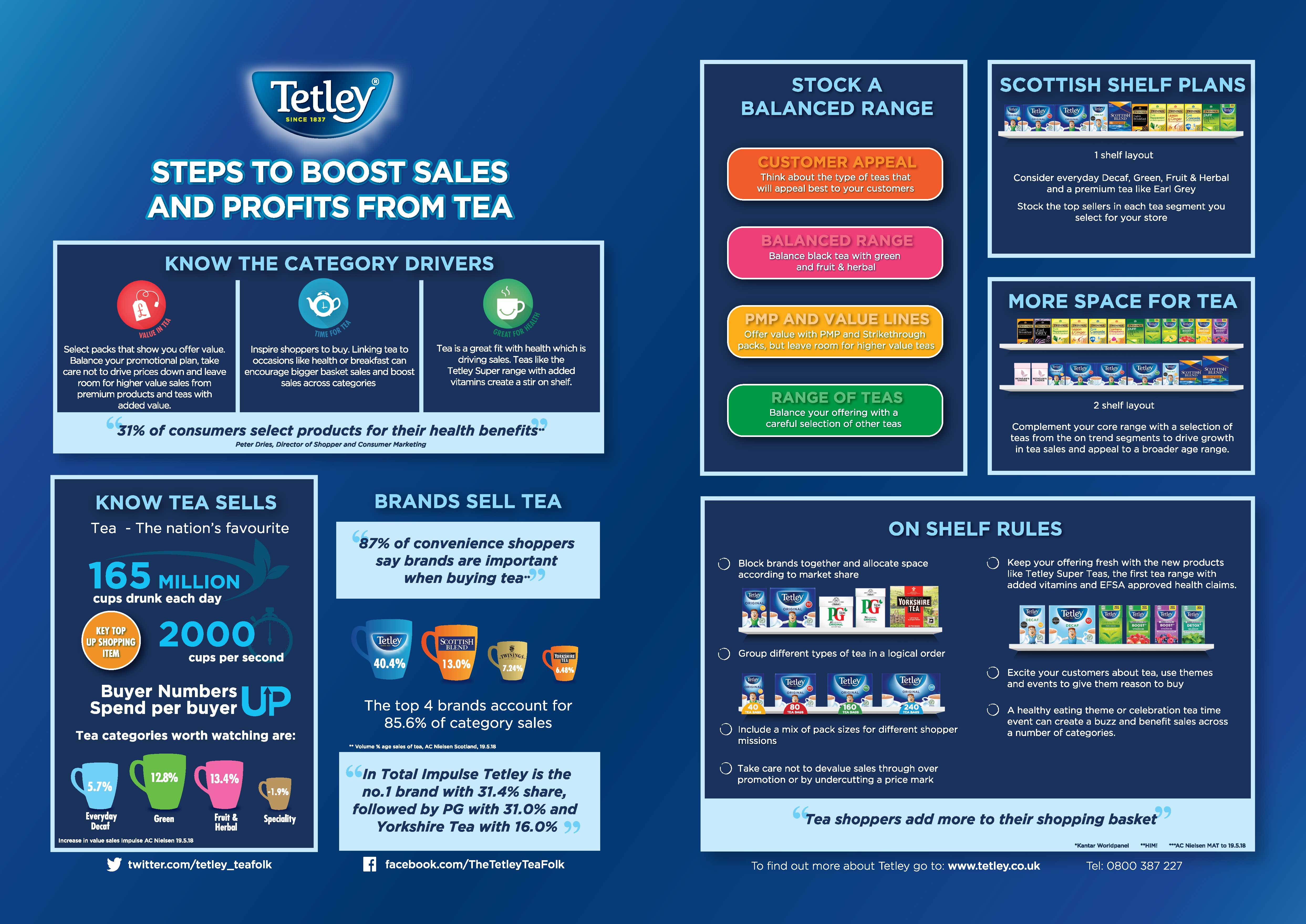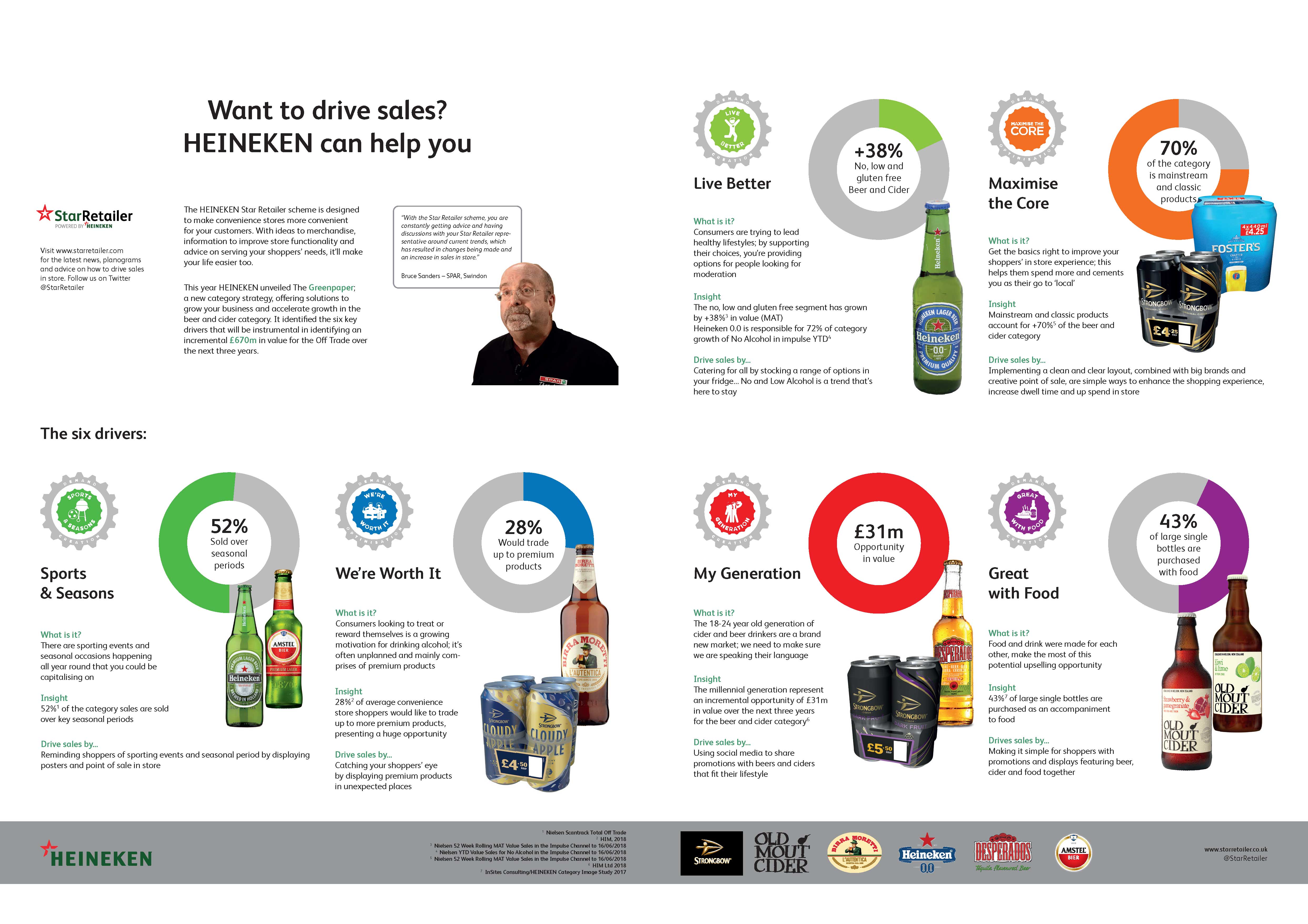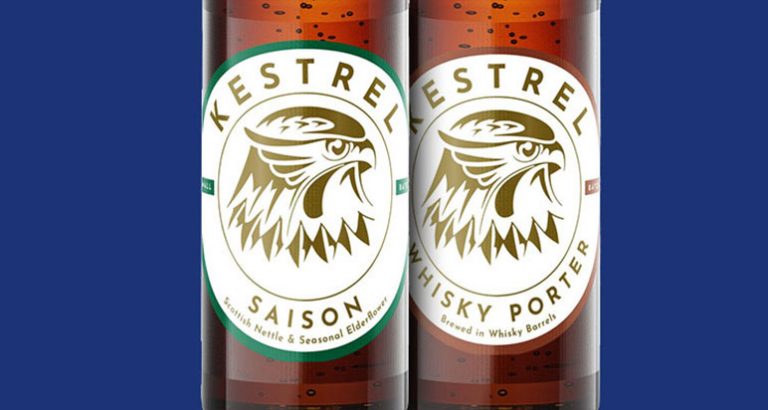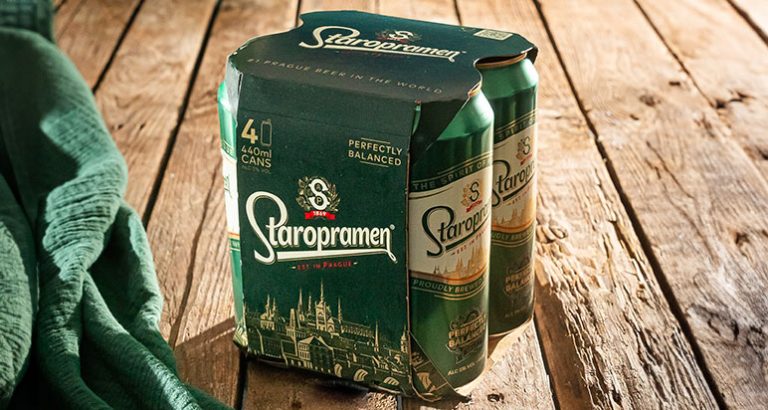Efficient, proactive category management is a fundamental of modern retailing and is vital to maximising sales, profits and footfall in all stores. SLR offers a hands-on guide to getting the basics right first time every time.
Building and maintaining a solid, well thought out category management strategy is a fundamental requirement for running a modern convenience store. With so many tasks to carry out in a typical day it’s not a safe bet to simply make category management decisions on the fly using gut instinct. Those days are long gone. There’s more than enough research around to prove beyond any doubt that the complexity of a modern c-store means retailers must use every tool available to make well-informed decisions using solid, dependable data.
The heart of that process is of course a good Epos system, of which there are many to choose from these days. But only by being able to log, track and investigate your own store’s sales in detail can you hope to build the strongest possible range and then give that range the best possible chance of delivering increased sales, profits and footfall for your business.
At its most basic, category management is simply ensuring you have the right products in the right place at the right time for your customers. In practice, however, truly efficient category management is a very tough nut to crack with plenty of things that can prevent you from implementing your strategy efficiently.
Some of the key challenges that face retailers when building a proactive category management strategy that maximises sales and profits include the following:
- Space allocation: how much shelf or floor space should you allocate to each category?
- Fixture allocation: where should each fixture be placed within the store?
- Product allocation: how many facings should you give to each product on the fixture and where should they be sited on the fixture?
- Ranging: which range of products should you list within each category?
- Adjacencies: which fixtures should be placed near one another to optimise cross-category sales?
- Promotions management: how should promotions be incorporated into your store?
- Merchandising: how should each fixture be presented and what can you do to enhance the appeal of the fixture?
- Signage: how can you use signage to make the shopper’s journey through the store simpler and more likely to lead to increased sales?
One of the most traditional ways of approaching category management is to start big and work your way down the smaller elements, or macro to micro in the jargon. So, first start by looking at your entire store and imagine it empty. Then think about where each category should ideally be placed in the store and why. Next work out how much space each category should be allocated. Once you’ve done that you can start thinking about which products you should list to fill the available space.
When thinking about where each fixture should go, imagine the typical customer journey. Do you want them to find the category as soon as they walk through the door, or do you want them to have to pass another category or two before they reach the fixture? Take convenience staples bread and milk, for example, as destination items; they’re the sorts of products your shoppers visit your store specifically for – so you might want to site the fixture half way up the store to force shoppers up the aisle and past one or two impulse fixtures so that they might pick up an extra item or two.
Also consider fixture adjacencies. Which categories are often bought together? Bread and milk. Beer and crisps. Sandwiches and soft drinks. Would it make sense to move fixtures closer to one another to drive up basket spend?
Working out how much space each fixture merits is relatively straightforward and is basically a function of two things: physical product size (a loaf is bigger than a packet of gum) and sales. If 20% of your sales come from a certain category, it makes sense to perhaps allocate 20% of space to the category in-store. You can get as clever as you dare on this front, allocating space according to a whole range of things from cash profit to unit sales, from rate of sale to percentage profit. However you do it, it’s important to do it to a set strategy. That way you can measure your success down the line and make changes as required.
That done you can turn to choosing which products deserve a space on your newly designated fixture. Again, the same space allocation rules should broadly apply. Give more spaces to bigger selling lines and site them at around eye level. Review your sales regularly and delist as required and don’t forget to decide how you’ll fit NPD onto the fixture when it appears.
If you try the aforementioned mental exercise of starting your store from scratch it’s a fair bet the ideal store you imagine doesn’t look entirely like the real one you actually have in front of you – and that’s understandable. Lots of factors come into play when laying your store out and they evolve and change over time for all sorts of good (and not so good) reasons.
But just because this is the way it is doesn’t mean this is the way it has to be. It’s your store and if you think it would be more profitable to move things around then get your sleeves rolled up.
The key to the whole strategy is being proactive. Manage the store according to your own strategy; don’t let the store end up managing you. One easy way to get the ball rolling is to simply make the decision to review every category in-store over a set period of time.
At a very basic level, proactive category management can simply mean running your sales data for the category for the last six months and delisting anything that falls below a certain rate of sale. If you’re only selling half a case every three months, the chances are that the space would be better given over to a different product that might prove more popular.
Similarly, if you have products that are flying, would they do even better if you gave them more space on shelf and move them to a more prominent position, at eye-level, for instance? Giving them more space could help grow sales as well as reducing restocking challenges.
Like most tasks in local retailing, good quality category management is not complex, it’s just time consuming. But put an agreed strategy and plan in place and you will find that a bit of hard work at the outset saves you a lot of time down the line. It will also help you make more money from your store.
We now offer you some great category management advice from some of the biggest players in some of the biggest categories. The time to make your category management strategy proactive is now.


